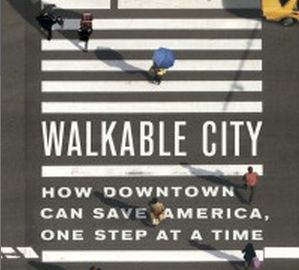 America is getting older and younger at the same time.
America is getting older and younger at the same time.
The effect of the baby boomer population explosion during the post war period of the 1940’s and 1950’s is now being felt as strongly as ever. It is manifesting itself in a need for housing for the younger demographic now entering and the retirees now exiting the US workforce.
Lets look at both groups…
- What mentality do they both share? Environmental responsibility.
- What cost do they both bear? Expensive gasoline.
Both the Boomers and the Echo Boomers, despite a generation of age difference, share much in common. The Boomers (and their ‘Echo’ counterparts) enter the 2010’s seeing the world through the filter of the 2008 bubble collapse. From 2008-2010, both groups saw the financial landscape change…dramatically. The excess in the middle 2000’s marketplace became the norm and when the market collapsed, a debt-ridden and excess-filled middle class collapsed along with it. Left in the market collapse’s wake was a feeling of disenfranchisement and distrust and a vow that to never allow it to happen again.
Enter the Fan District.
Built largely in the early 1900’s, the Fan was designed to accommodate a lifestyle NOT dependent on automobiles. Corner markets and service providers interwoven into the fabric of the neighborhood have survived nearly a century of change due to balance and proximity. Having many options for dining, entertainment and daily needs close by meant walkability. When gas was $1.00 per gallon, walkability was less important. With gas prices approaching (and sometimes exceeding) $4.00 per gallon, living in walkable neighborhoods and close to mass transit has become a strong market preference. No neighborhood is as walkable as the Fan.
While the Fan is the most walkable neighborhood in Richmond, it is also one of the most responsible. While being ‘Green’ can mean many things as it relates to energy efficiency and the use of better and more responsible materials, the ultimate green technique is using (or re-using) what has already been built. The Fan District, despite some older homes that could use some extra insulation and upgrades in mechanical systems, taxes our planet the least in that it is already built. No new trees need be harvested, no new roads built, no highways expanded and no landfills crowded because of the Fan. In many ways, it is the ultimate ‘Green Richmond Neighborhood’ and both Boomers and Echo Boomers see Green as mandatory.
The Fan District, with its smaller and more responsible footprint for its homes and its walkable elements, make it a neighborhood that will be increasingly more in demand than any other Richmond neighborhood for the foreseeable future. A combination of reasonable home size, retail services close by, cultural and entertainment options throughout and authentic feel mean Fan homes will continue to rise in value relative to the rest of the market.
This combination of factors will mean many segments of the buying public, both young and old, will seek the benefits provided by neighborhoods such as the Fan.
